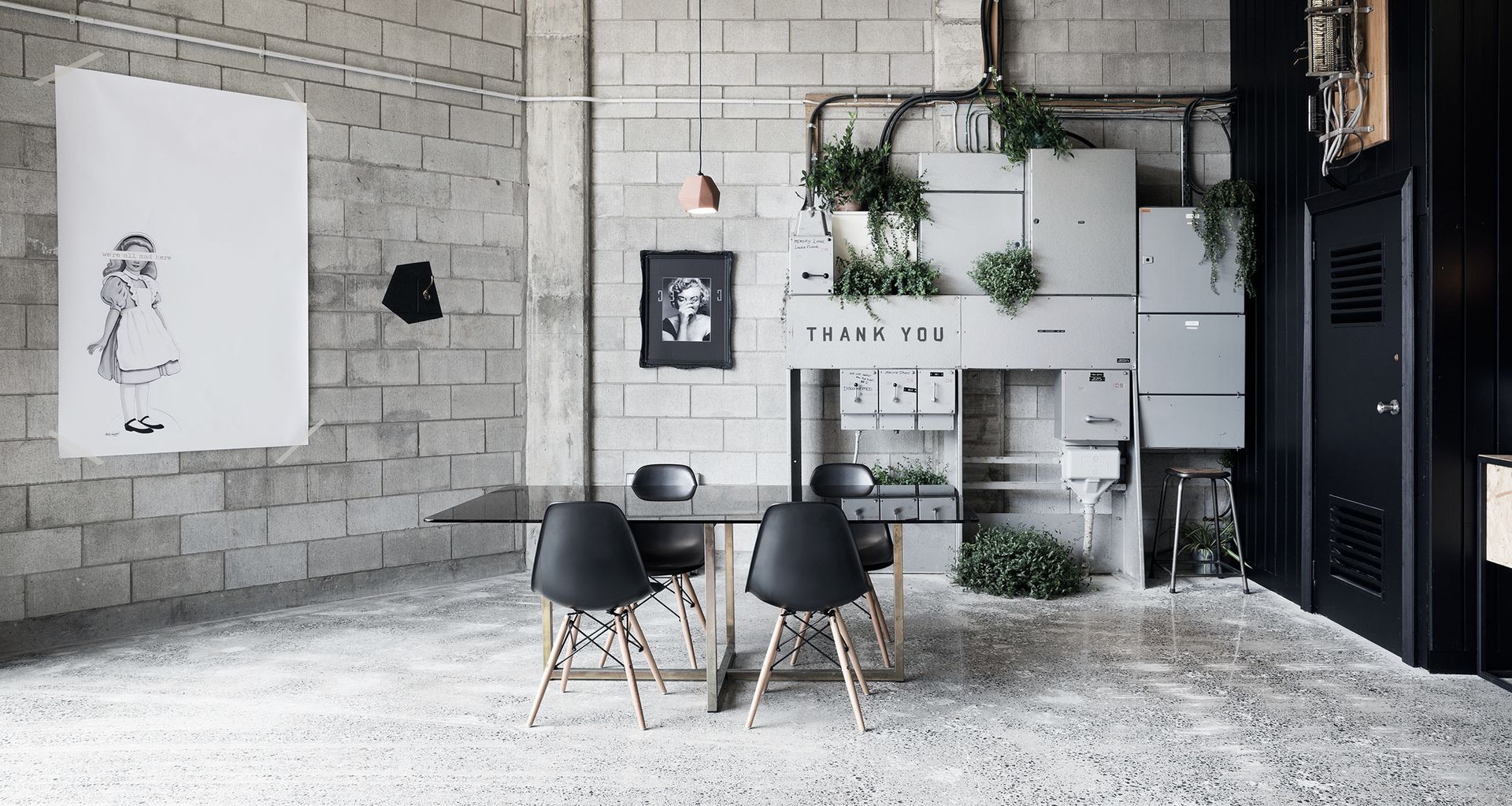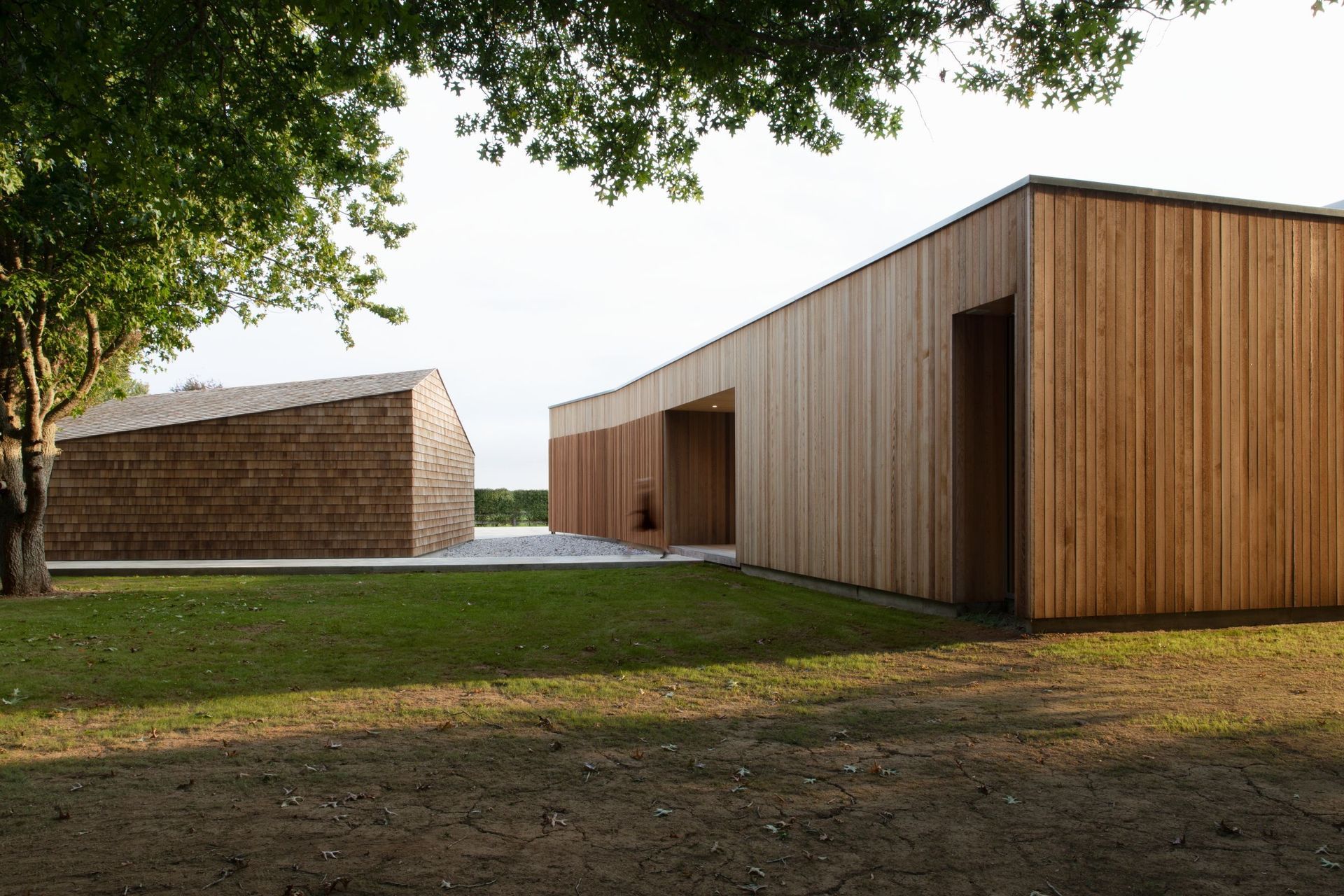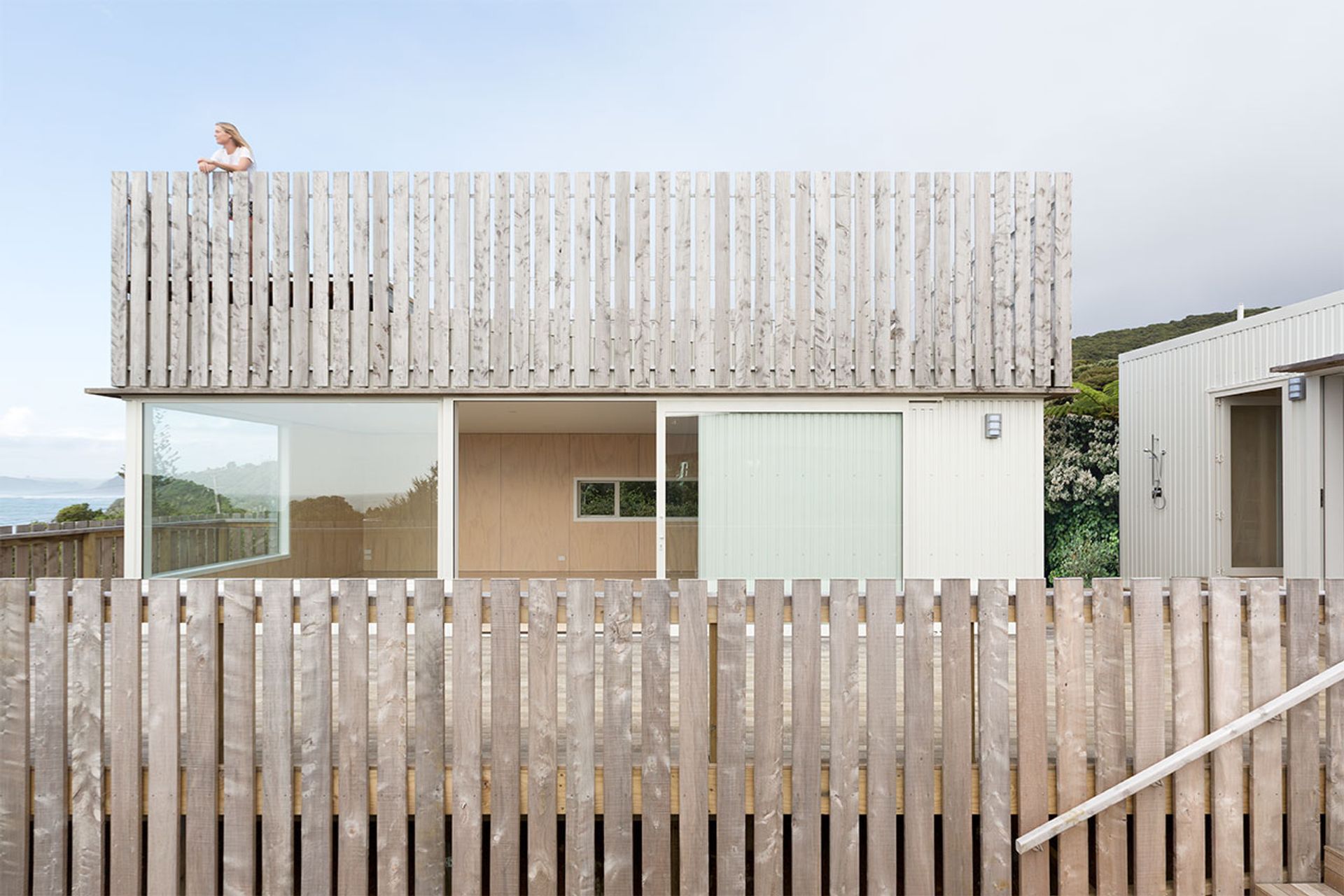How to get the most out of your architectural designer
Written by
22 July 2021
•
8 min read

What should I expect from you as an architectural designer?
You’re paying someone to be clever on your behalf, so they should be able to come up with things that are clever. I might work out an interesting way to clad someone’s house that’s super cheap, and they will get a slightly more alternative and more interesting result.
Will you save me money by using you?
When making savings in one area through clever design decisions it tends not to come out of the budget, we’re generally just moving money around. It just means that we get to spend more money somewhere else and ultimately you get a better result.
How do I know if you’re the right person to design my home?
It’s about ensuring you’re a good match. I want to make sure I’m the right fit for my client as much as they are looking for the right architectural designer. Depending on the person, I would have some questions about what they are interested in. Have they seen work on our website, or what we do? Ultimately you want to connect with a client who understands how you work and what you do and is invested in what you have to offer.
You always have better connections or align with some people a bit better. For example, if I get someone ringing me up about renovating a villa, I could, but there would be other people who would be a) better and b) more invested in the idea and would get way more out of doing it.
When a client comes to you with an idea what’s the process?
After that initial conversation, then I would want to meet them. We would discuss their budget and weigh their expectations up against how much money they have for the project. Unfortunately that’s pretty important because you need to know you can deliver something within their budget.
Once you’ve got those things out of the way, you’d visit their site, assuming it’s a new build. Sometimes that ‘are we a good match?’ conversation is carried on at the site. I try to meet the potential client and communicate with them maybe three or four times before I send them a fee letter or engage them professionally with a contract because I’m looking for things that don’t quite align.
Tell me about the conceptual stage of working with a client.
Any conceptual stage, I’d break it into a couple of stages.That initial concept is a vision or idea which is an holistic approach to what I want to do, and providing it is well received I’d go into more detail from there.
Generally that’s some form of drawing, but whatever seems the best way to communicate that idea is fine. So if I felt like I had to do it on site with a discussion, I would do it like that, or if I felt like I had to model something basic in loose forms I would. Or sometimes I’ll build up a whole lot of context about the surrounding area. It’s whatever idea I see as influencing the design, and I’m trying to paint a picture to get a bit of engagement on that level with the client. For me it works better in the long run if the client understands the idea and buys into that. So when you’re making decisions further down the track, you share the same overall vision.
At what point do you talk about budget?
Providing we feel that we can deliver the project based on experience, and we have that initial idea across the line, then that conceptual phase is also the time where you’d pick out some key timelines when you would put the project in front of a quantity surveyor (QS) or a builder [for pricing]. It’s at the client’s own risk to go through the process without doing that as you go.
Is your fee a percentage of the total build cost?
We charge hourly. We often work out an initial estimate based on a percentage basis, using a percentage tool that aligns with what ADNZ and NZIA are recommending. Then we charge a time-based fee. I feel like time-based is fairer, but time-based or percentage-based are both industry standards. It’s pretty normal to expect either.

How many concept drawing options should a client expect?
If I’ve got the right client, and I’ve landed an initial idea with them that is a good one, then I should be pretty close [with my first drawing]. I would rather bounce back and forth on that initial idea before getting into a concept rather than developing through a concept and looking at four different things.
I wouldn’t go into a concept design thinking this is one of 10 ways I would do this. What I present is the best way I can think of to do it within the client’s budget, rather than a scenario where I’ll just keep throwing things at them until they think one of them is good, because I don’t think that’s what people are paying you for.
After the client has approved the concept, the drawings have been done, then what?
We will be looking at getting it re-priced, so we can make any adjustments because of cost. Ten years ago you’d get five builders to price it. At the moment it’s even hard to get two builders pricing against each other. If they feel like there’s a bit of competition, it’s too much work. It’s not worth them going through a whole process with a particular client and pricing it out. So lately we’ve been telling people to use QSs. They’re really good at what they do and they can price your house up at an early stage so we know where everything is sitting. Then just find a builder that you really like and get on with, and try and get a good understanding of their pricing before they start.
Do you ever price builds yourselves?
We don’t do any procurement (that’s getting everything priced up)—it’s not a service we offer. Some guys do and will get prices on behalf of the client.
How much involvement do you have with the build?
There’s different levels of build management that get offered. We offer observation as a minimum. Our preference is to get a builder who manages their own site and sub-trades. I believe it’s better than an architect or designer managing a whole field of guys where there isn’t a good relationship there. Sub-trades will have really good relationships with builders rather than with professionals in our field. I want the best environment for my clients and I think it’s better if they go through the build process with a builder managing and us being paid to do the observation to make sure what was intended is followed through with.

How many site visits should a client expect?
That’s essentially worked out with the client, but there’s a minimum amount of visits you’d expect to have. We try to be involved in that part as much as we can, so we aim for six visits at a minimum and up to 12. It depends on whether things are going well, or not well.
What’s involved in the completion of the build?
Providing the builders manage the build part, they’ll go for a code of compliance certificate (CCC), which is essentially getting the house signed off. We’re really just sitting in the background there and offering whatever service they need to to get that across the line, whether that’s being on site for CCC inspections or offering admin. Most of the time we don’t need to be there, it’s the builder who’s managing the build who sorts it out and we’re just doing admin around it.
What should people look for in an architectural designer?
Two things would be: the ability to deliver something with some value and the second would be a level of professionalism.
We don’t really do a job that doesn’t have significantly more value at the end because of our input. The end result should be relative to the investment. If you’re looking at saving money right the way through, or doing something as cheaply as possible, then there’s other options for you.
But if you’re happy to spend a bit of money at the start... I’d never say you’ll get a cheaper house, you might spend a bit more with the build as well, but ultimately your house should be a better one and worth more than the house next to it. And if it isn’t then you either picked the wrong person or that person didn’t deliver for you.
Anyone that’s putting themselves forward on any kind of design level, there has to be an outcome that’s reflective of that.
